Introduction
In the vast culinary landscape of Asia, few dishes encapsulate the essence of comfort and tradition quite like wonton. These delicate dumplings, filled with a savory blend of meat and vegetables, wrapped in thin sheets of dough, and sealed to perfection, have been a staple in many households for generations. Whether enjoyed as a hearty breakfast, a light lunch, or a comforting dinner, wonton never fails to delight the palate. However, one question has plagued home cooks and culinary enthusiasts alike: should freshly made wonton be boiled in hot or cold water? This debate has sparked countless kitchen conversations, each side passionately defending their chosen method. In this article, we will delve into the intricacies of both cooking techniques, exploring their respective advantages, disadvantages, and the science behind them. By the end, you will be equipped with the knowledge to make an informed decision that suits your taste preferences and cooking style.
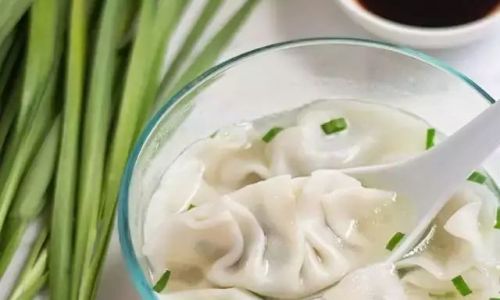
The Hot Water Method: A Time-Honored Tradition
For many, boiling freshly made wonton in hot water is a ritual passed down through generations. This method is widely regarded as the standard approach, especially in regions where wonton is a staple food. The process begins by filling a large pot with water and bringing it to a rolling boil. Once the water reaches a vigorous boil, the wonton are gently lowered into the pot using a slotted spoon or ladle. The high temperature of the water immediately seals the dough, ensuring that the wonton do not disintegrate during cooking.
One of the primary advantages of the hot water method is speed. Boiling water is highly efficient at transferring heat, meaning the wonton cook quickly and evenly. This is particularly beneficial when cooking for a large group or when time is of the essence. Additionally, the rapid cooking time helps to retain the moisture within the wonton, resulting in a tender, juicy filling and a soft, chewy dough.
Another benefit of boiling in hot water is the ability to control the cooking process more precisely. By monitoring the water temperature and adjusting the heat as needed, cooks can ensure that the wonton reach the desired level of doneness without overcooking. This is crucial for achieving the perfect balance between a cooked-through filling and a slightly chewy dough.
Moreover, the hot water method is believed to enhance the flavor of the wonton. The vigorous boiling action helps to release the aromatic compounds within the dough and filling, infusing the cooking water with a delicious aroma that can be further utilized to make a flavorful broth. This broth, often served alongside the wonton, adds an extra layer of complexity and depth to the dish.
However, the hot water method is not without its drawbacks. One of the main challenges is the risk of the wonton sticking together or to the bottom of the pot. This can happen if the wonton are not properly separated or if the water is not stirred frequently enough. To mitigate this, some cooks add a splash of oil to the boiling water, which helps to prevent sticking and also adds a subtle richness to the broth.
Another potential issue is the tendency for the dough to become overly soft and mushy if the wonton are left in the boiling water for too long. This can result in a loss of texture and a less enjoyable eating experience. Therefore, it is crucial to keep a close eye on the cooking time and to remove the wonton from the water as soon as they are cooked through.
The Cold Water Method: An Emerging Trend
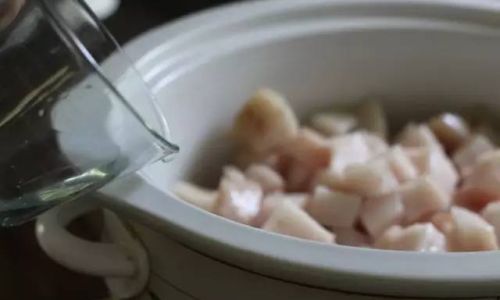
In recent years, an alternative method of boiling freshly made wonton has gained popularity, particularly among culinary innovators and home cooks who enjoy experimenting with traditional recipes. This method involves starting with cold water and bringing it to a boil gradually with the wonton inside the pot.
Proponents of the cold water method argue that it allows for a more gentle cooking process, which helps to preserve the integrity of the dough and filling. By slowly increasing the water temperature, the wonton are given a chance to cook evenly and gradually, reducing the risk of the dough becoming overly soft or the filling becoming overcooked.
One of the primary advantages of this method is that it reduces the likelihood of the wonton sticking together or to the bottom of the pot. The gradual increase in temperature allows the dough to soften and release its starch more slowly, creating a natural barrier that prevents sticking. This means that less oil is needed, resulting in a cleaner, more flavorful broth.
Another benefit of the cold water method is that it allows for a more nuanced control over the cooking process. By adjusting the heat and stirring occasionally, cooks can create a gentle simmer that cooks the wonton to perfection without rushing the process. This can be particularly useful when cooking for a smaller group or when precise control over the cooking time is desired.
Moreover, some cooks believe that the cold water method results in a more tender and flavorful wonton. The gradual cooking process allows the flavors within the dough and filling to meld together more harmoniously, creating a more cohesive and enjoyable eating experience. The resulting broth, which is infused with the aromatic compounds released during cooking, is often praised for its rich, deep flavor.
However, the cold water method is not without its challenges. One of the main drawbacks is the increased cooking time. Since the water must be brought to a boil gradually, the overall cooking process can take longer than the hot water method. This can be inconvenient when time is limited or when cooking for a large group.
Another potential issue is the risk of the wonton becoming waterlogged if they are left in the simmering water for too long. This can result in a loss of texture and a less enjoyable eating experience. Therefore, it is crucial to monitor the cooking process closely and to remove the wonton from the water as soon as they are cooked through.
The Science Behind the Methods
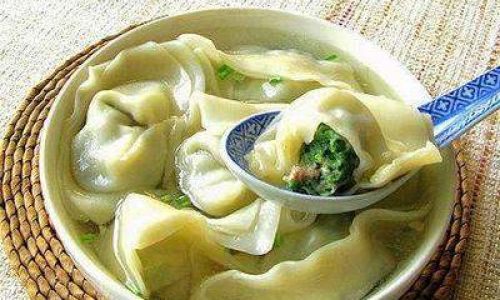
To understand the nuances of boiling freshly made wonton in hot or cold water, it is helpful to delve into the science behind the cooking process. The key factors to consider are heat transfer, dough structure, and flavor extraction.
Heat transfer is the process by which energy is moved from a hotter object to a cooler one. In the context of boiling wonton, heat transfer occurs when the water is heated and the energy is transferred to the wonton through conduction and convection. The rate of heat transfer depends on the temperature difference between the water and the wonton, as well as the properties of the dough and filling.
When boiling in hot water, the high temperature difference between the water and the wonton results in rapid heat transfer. This means that the dough seals quickly, preventing the filling from leaking out, and the wonton cook quickly and evenly. However, the rapid cooking process can also lead to a loss of moisture and texture if the wonton are not removed from the water in a timely manner.
On the other hand, boiling in cold water results in a slower rate of heat transfer. The gradual increase in temperature allows the dough to soften and release its starch more slowly, creating a natural barrier that prevents sticking. This also gives the filling more time to cook through without becoming overcooked. However, the increased cooking time can result in a loss of texture and flavor if the wonton are left in the water for too long.
Dough structure is another important factor to consider. The dough used for wonton is typically made from a combination of flour, water, and sometimes eggs. The gluten proteins in the flour form a network that gives the dough its structure and elasticity. When the dough is heated, the gluten proteins coagulate, causing the dough to firm up and seal.
In the hot water method, the high temperature causes the gluten proteins to coagulate quickly, sealing the dough and preventing the filling from leaking out. However, if the water is too hot or the cooking time is too long, the gluten proteins can become overly firm, resulting in a tough and chewy dough.
In the cold water method, the gradual increase in temperature allows the gluten proteins to coagulate more slowly, creating a softer and more tender dough. However, if the cooking time is too long, the gluten proteins can break down, resulting in a mushy and unappealing texture.
Flavor extraction is the process by which aromatic compounds are released from the dough and filling during cooking. These compounds contribute to the overall flavor of the wonton and the broth. In the hot water method, the vigorous boiling action helps to release the aromatic compounds quickly, infusing the cooking water with a delicious aroma. However, if the cooking time is too short, some of the flavor may be lost.
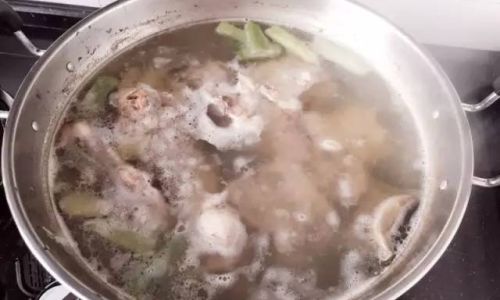
In the cold water method, the gradual cooking process allows the aromatic compounds to meld together more harmoniously, creating a more nuanced and complex flavor. However, if the cooking time is too long, the flavor compounds can become overly concentrated, resulting in a bitter or off-putting taste.
Conclusion
In conclusion, the debate over whether to boil freshly made wonton in hot or cold water is far from settled. Both methods have their own unique advantages and disadvantages, and the best choice depends on personal preference, cooking style, and the desired outcome. The hot water method offers speed, precision, and a rich, flavorful broth, while the cold water method provides a more gentle cooking process, reduced sticking, and a more tender and flavorful wonton.
Ultimately, the key to success is to experiment with both methods and find the one that best suits your needs. Whether you choose to boil your wonton in hot or cold water, the most important thing is to enjoy the process and savor the delicious result. So, the next time you’re in the kitchen, don’t be afraid to try something new and let your
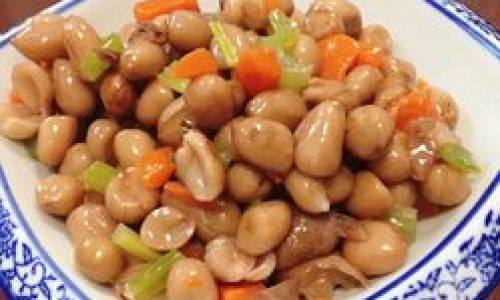
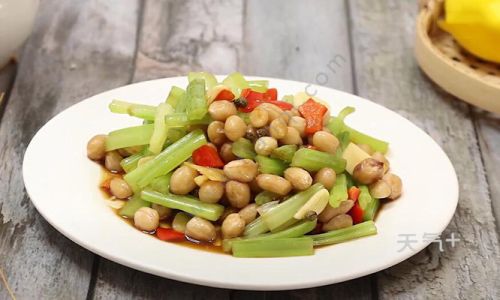
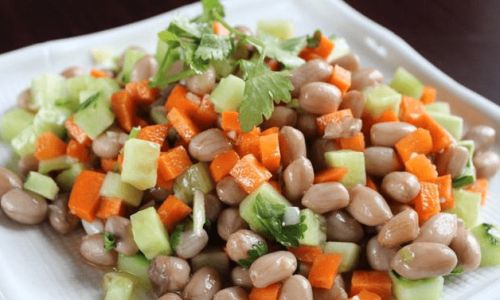
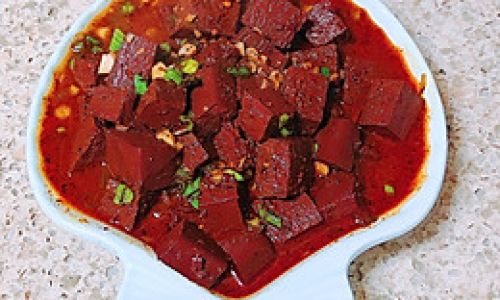
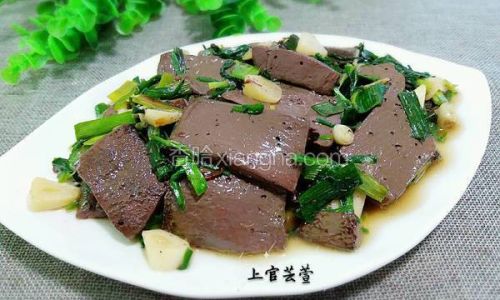
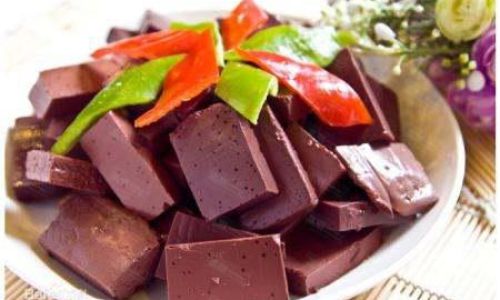
0 comments